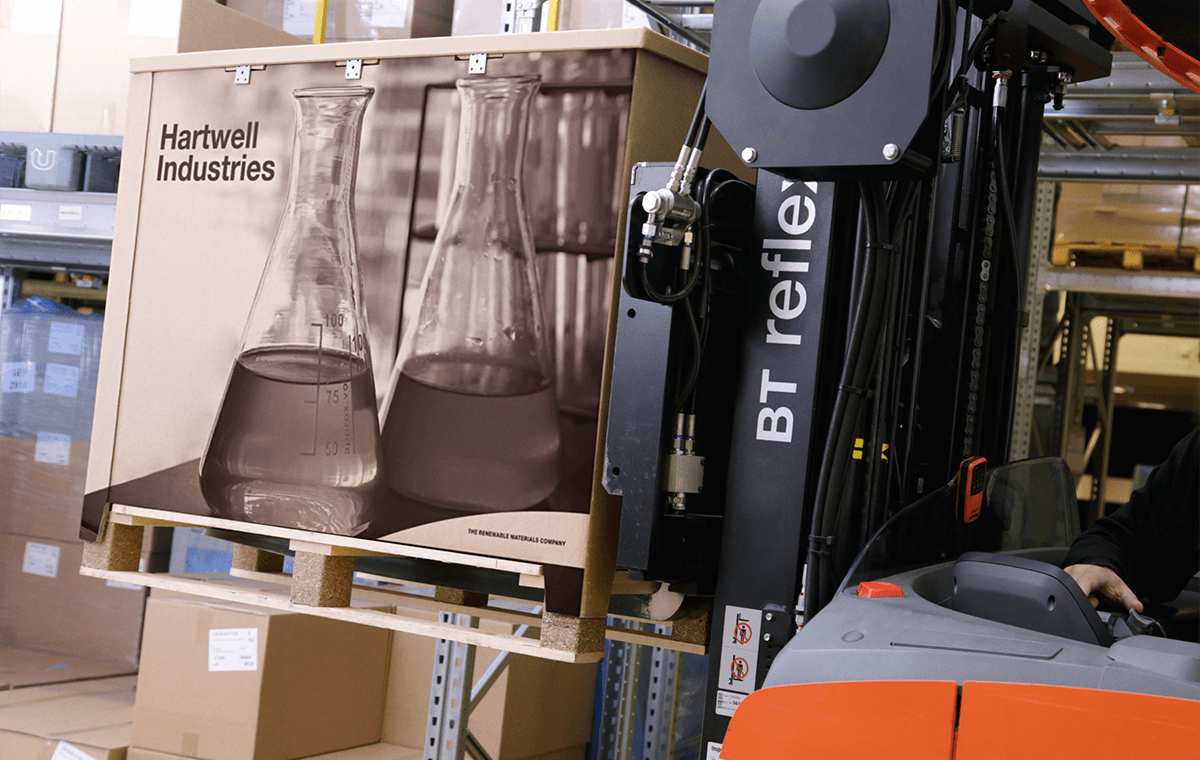High quality in Every Mold: Plastic Container Manufacturer Know-how
High quality in Every Mold: Plastic Container Manufacturer Know-how
Blog Article
Efficient Industrial Recycling Solutions for Lasting Packaging: A Comprehensive Overview
That's where this detailed overview on efficient industrial recycling remedies for sustainable packaging comes in. By discovering vital locations such as packaging product selection, designing for recyclability, implementing reusing facilities, collaborating with reusing partners, and monitoring and gauging reusing success, this guide will equip you with the knowledge and tools required to make enlightened decisions and drive favorable adjustment within your company. Whether you're a product packaging professional, sustainability supervisor, or just interested in the topic, this overview will give important insights and approaches to assist you navigate the world of lasting packaging.
Packaging Material Selection
The selection of packaging materials plays a vital function in ensuring the sustainability of industrial recycling services. The selection of products is vital in minimizing ecological influence and maximizing reusing efficiency when it comes to sustainable packaging. Selecting the right products can help lower waste generation, save sources, and advertise a circular economic climate.
Products like cardboard, paper, glass, and certain kinds of plastics can be reused multiple times without losing their top quality. On the other hand, products that are challenging to reuse, such as combined plastics or non-recyclable composites, can develop challenges for the reusing procedure and might end up in land fills or incinerators.
Another factor to consider is making use of renewable and naturally degradable products. Product packaging made from renewable energies, such as plant-based plastics or biopolymers, can help minimize dependence on nonrenewable fuel sources and minimize environment change. Furthermore, eco-friendly materials break down naturally gradually, reducing the build-up of waste in land fills.
Furthermore, the weight and quantity of packaging materials need to be minimized to decrease transport expenses and power intake. Lightweight materials not only call for fewer resources during production however likewise contribute to lower carbon discharges throughout transport.
Creating for Recyclability
In order to make sure the recyclability of product packaging products, thoughtful layout is vital. Designing for recyclability involves producing packaging that can be quickly sorted, separated, and refined in recycling facilities. One important facet of developing for recyclability is the option of products. Product packaging designers should prioritize the use of materials that are commonly accepted for recycling and have actually developed reusing frameworks. Products such as glass, light weight aluminum, and specific kinds of plastic, like PET and HDPE, are frequently recycled and ought to be preferred over materials that are expensive or challenging to recycle.
One more important consideration in designing for recyclability is the elimination of unneeded components or products. By reducing the number of layers, coverings, and additional parts, packaging can be made less complex and much easier to recycle. Additionally, developers should intend to decrease the usage of combined products, as they can complicate the reusing process.

Implementing Recycling Infrastructure
Reliable implementation of recycling framework is important for the success of commercial recycling remedies. Without proper infrastructure in position, the recycling process comes to be inefficient and inefficient, hindering the general objective of sustainable product packaging.
To carry out reusing framework efficiently, a number of vital aspects need to be thought about. There need to be a well-organized collection system that helps with the separation and collection of recyclable materials. This can include assigned reusing bins in public spaces, as well as partnerships with waste administration firms for curbside pickup and sorting.
Once gathered, the recyclable products require to be transferred to recycling facilities in a prompt manner. This calls for reliable logistics and transport networks, making certain that the products reach the ideal facilities without delay.
At the reusing centers, progressed sorting and handling modern technologies should be in area to divide various kinds of products successfully. This consists of the use of automated arranging machines, optical scanners, and manual sorting techniques.
Furthermore, there must be a durable market demand for recycled materials. This can be achieved through partnerships with makers and markets that utilize recycled materials in their production procedures. Creating a stable market for recycled products incentivizes the reusing market and promotes the circular economic climate.
Collaborating With Recycling Allies

One key facet of teaming up with recycling partners is the facility of clear communication channels. It is essential to establish open lines of interaction to assist in the exchange of information, updates, and comments. This allows both celebrations to stay educated regarding the progression of recycling efforts and resolve any type of difficulties or concerns that may arise.
In addition, collaboration can entail joint efforts in designing and implementing reusing programs. Recycling companions can supply important understandings and guidance in establishing efficient collection systems and determining one of the most appropriate recycling innovations. By working together, organizations and recycling companions can optimize the reusing procedure and reduce waste.
Additionally, partnership can expand beyond the functional facets of recycling. It can likewise incorporate advocacy and education efforts. By joining forces, services and recycling partners can increase recognition about the significance of reusing and promote the fostering of lasting product packaging practices among customers and other stakeholders.
Tracking and Measuring Recycling Success
To guarantee the efficiency of commercial reusing services and the accomplishment of lasting product packaging goals, it is vital for organizations and their reusing partners to visit the website develop a comprehensive system for tracking and determining reusing success (bulk container recycling). Tracking and gauging reusing success permits companies to analyze the impact of their reusing initiatives, identify areas for enhancement, check out here and established significant targets for future development
One method to track recycling success is through using information collection and evaluation devices. By gathering data on the amount of packaging waste produced, the percentage of waste that is recycled, and the kinds of products being reused, organizations can gain valuable understandings right into their recycling performance. This data can then be analyzed to identify fads, patterns, and locations of ineffectiveness.
An additional essential aspect of tracking and measuring reusing success is establishing clear and standardized metrics. This enables companies to compare their efficiency versus market benchmarks and track their progression with time. Metrics such as recycling rates, waste diversion rates, and greenhouse gas exhausts can supply a quantitative action of an organization's reusing success.

Verdict
Finally, executing effective commercial recycling remedies for lasting packaging calls for cautious factor to consider of product packaging material option, developing for recyclability, carrying out recycling infrastructure, teaming up with recycling companions, and tracking and gauging reusing success. By incorporating these practices, businesses can add to an extra sustainable and environmentally-friendly strategy to product packaging, minimizing waste and promoting the circular economic situation.
By exploring key areas such as packaging product option, developing for recyclability, implementing recycling facilities, teaming up with recycling companions, and tracking and determining reusing success, this guide will equip you with the expertise and tools needed to make enlightened decisions and drive favorable adjustment within your organization. Product packaging designers must focus on the use of materials that are extensively accepted for recycling and have actually developed recycling facilities.Cooperation with recycling partners is essential for the successful application of commercial reusing solutions and the accomplishment of lasting product packaging objectives. By joining forces, organizations and recycling partners can raise understanding regarding the relevance of recycling and promote the adoption of sustainable product packaging methods amongst consumers and other stakeholders.
By gathering data on the amount of packaging waste produced, the percent of waste that is recycled, and the types of materials being recycled, companies can get important insights right into their reusing efficiency.
Report this page